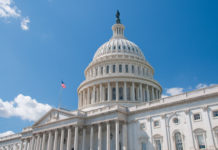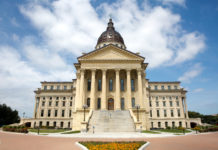Skilled nursing facilities are currently required to conduct two emergency preparedness testing exercises every year. The revised rule retains that requirement, but CMS has both clarified and expanded the types of testing exercises that may be conducted to satisfy the requirement and clarified that a setting experiencing a real-life event involving the activation of its emergency plan may use that event to satisfy one of the two required exercises but not both.
Under revised section 483.73(d)(2) (deficiency tag number E-0039), a skilled nursing facility must do the following:
(i) Participate in an annual full-scale exercise that is community-based; or (A) When a community-based exercise is not accessible, conduct an annual individual, facility-based functional exercise. (B) If the LTC facility experiences an actual natural or man-made emergency that requires activation of the emergency plan, the skilled nursing facility is exempt from engaging its next required a full-scale community-based or individual, facility-based functional exercise following the onset of the emergency event. NOTE: What’s new in this paragraph are the reference to “functional exercise” in clause (A) and the clarifying language in paragraph (B) concerning the exemption that follows an actual emergency event.
(ii) Conduct an additional annual exercise that may include, but is not limited to the following: (A) A second full-scale exercise that is community-based or an individual, facility-based functional exercise; or (B) A mock disaster drill; or (C) A tabletop exercise or workshop that is led by a facilitator includes a group discussion, using a narrated, clinically-relevant emergency scenario, and a set of problem statements, directed messages, or prepared questions designed to challenge an emergency plan. NOTE: What’s new in this paragraph are the reference to functional exercise in clause (A), the addition of clause (B) identifying a mock disaster drill as an option for providers, and the reference to a “workshop” in clause (C). (iii) Analyze the LTC facility’s response to and maintain documentation of all drills, tabletop exercises, and emergency events, and revise the LTC facility’s emergency plan, as needed. {NOTE: This language is unchanged from the existing regulation.}
Documentation Requirement Reduced Under existing section 483.73(a)(4) (deficiency tag number E-0039), a provider’s emergency plan must include “a process for cooperation and collaboration with local, tribal, regional, State, or Federal emergency preparedness officials’ efforts to maintain an integrated response during a disaster or emergency situation, including documentation of the LTC facility’s efforts to contact such officials and, when applicable, of its participation in collaborative and cooperative planning efforts.
The final CMS revises this section by deleting the bolded and italicized documentation requirement.




